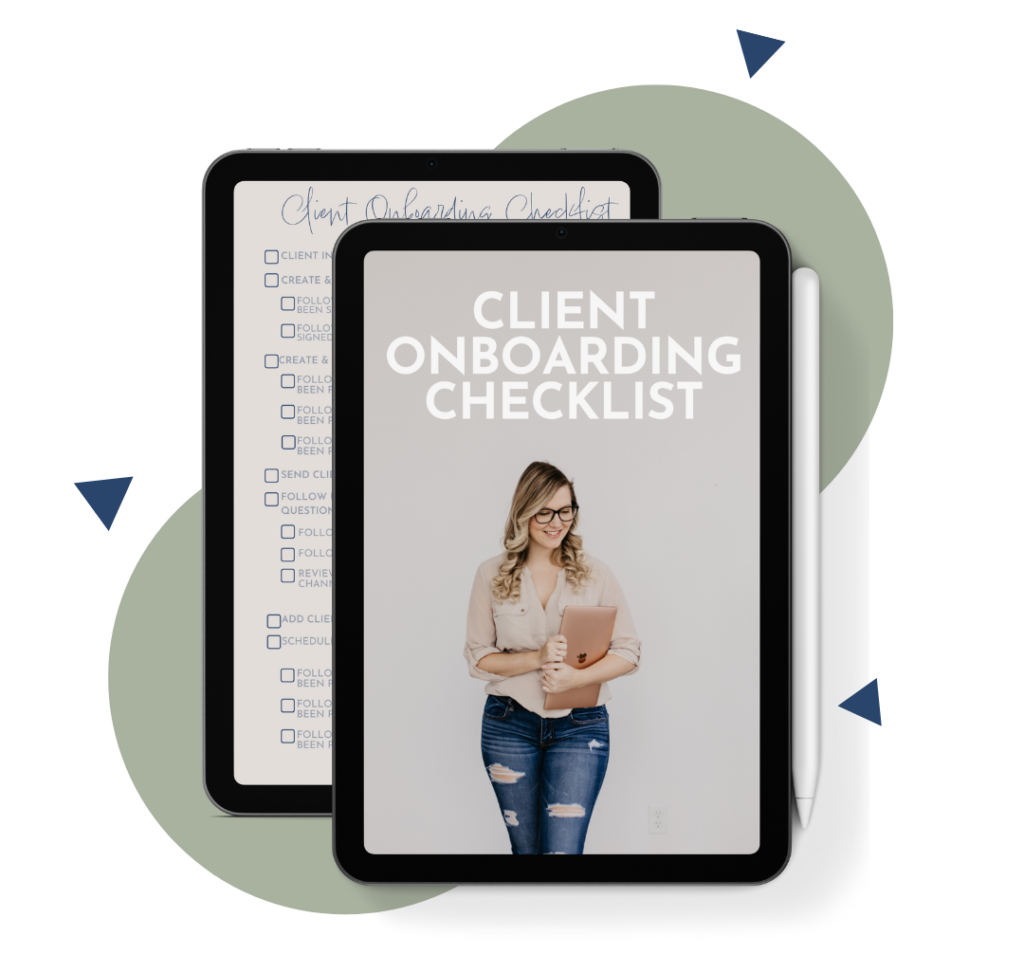
How to Boost Your Client (And Team) Communication
When you own a business, you must have good communication. Much like a romantic relationship, communication is vital to keeping clients happy, keeping your team on the same page, and helping everyone work towards the same goals.
However, communication isn’t always the easiest thing to manage. Clients can be unclear on instructions or refuse to answer questions, and your team members may not tell you about important issues that keep them from doing their job.
Whatever the reason, it’s time to boost your client and team communication so you can run your business, deliver your services, and keep everyone in the loop.
And the first way to do that is to figure out their communication styles.
Communication Styles
Everyone communicates differently, but it usually boils down to three categories:
- Visual
- Auditory
- Kinesthetic
Visual people want their information written out, organized, and eye-catching. They do best with graphs, charts, emails, and written communication.
Auditory people want to hear their information. They’re the ones who prefer phone calls, voice memos, and other auditory updates.
Kinesthetic people are a little trickier to deal with in the business world because they learn by doing. Giving these people an interactive update (or training module if it’s a team member) may help them retain the information and open lines of communication.
The Four Types of Communication
Now that we’ve gone over the physical ways people communicate, we can dive into the emotional ways. Thankfully, they only fall into four categories:
- Passive
- Aggressive
- Passive-aggressive
- Assertive
Passive people go with the flow and hate confrontation. Therefore, they may defer all choices to you, even if they have an opinion. The trick is to ease them into it, create a safe environment to express ideas without being judged, and promote plenty of one-on-one contact.
Aggressive people dominate conversations and will do everything to make their thoughts and opinions heard. They’re very confrontational and can be demanding, which can make communication difficult. The trick is to stay calm, assert boundaries and limits, and define all roles and responsibilities.
Passive-aggressive people are a fun mixture of their parent categories and can convey their dislike or frustration through sarcasm, sighing, muttering, or whining. The trick is to reframe their statements (“Oh, you thought X would be more like Y? I understand, but here’s why this is better…”), Use direct language that demands clear responses, and practice active listening to understand their concerns.
Assertive people will be your favorite. They communicate confidently and state their thoughts and opinions calmly and with respect. For them, mirroring their positivity and creating a welcoming and open environment will go a long way in strengthening those communication channels.
By figuring out the combination of physical and emotional communication styles, you can understand your people and know when to sugarcoat the truth or be blunt and to the point. It may take a moment, but the result is worth it!
Tools for Communication
Thankfully, we have tools that can accommodate all kinds of communication styles. The top four that I use in my business are:
- Slack
- Voxer
- Loom
- Zoom
Slack is the best tool for group chats and other text-based communication. It can also send images, so it works well with visual-based communicators.
Voxer is best for one-on-one communication and lets you send voice messages to anyone, at any time, worldwide. If your client is an auditory communicator, Voxer is the way to go.
Loom can accommodate visual, auditory, and kinesthetic communicators by letting you record videos, share screens, and walk them through tutorials and other interactive material.
Zoom is the tool you want for face-to-face calls, and it can accommodate nearly every style of communication through its video and audio capabilities, screen sharing, live chat, and more.
These four tools will help you figure out everyone’s communication styles. Then, you can use the best tool for your client (or team member) to keep those lines of communication open.
Automation
As a systems and processes specialist, automation is valuable to me. However, some believe that automation removes our ability to control communication. Others think that it makes us less human.
Thankfully, not everything has to be a personalized, hand-written note. There are things we can automate that won’t cause a breakdown in communication or keep us from being our true, empathetic selves.
A few of these ideas are:
- Payment, order, and shipping confirmations
- Birthday or holiday greetings
- Updates and minor delays
- FAQs and basic support
- When to expect the final products/services/information
- Tips on using the product/service/information
- Appointment confirmations and reminders
You DON’T want to automate any concerns involving private information, complicated customer service issues (or questions beyond the FAQ), initial sales communications, or any message that needs a more personal touch.
All the tools I mentioned above can help you automate the minor parts of communication, and you’ll be amazed at how much easier it becomes when you don’t have to worry about typing or recording the same thing a million times.
Final Thoughts
Communication with anyone, team or client, is essential in making your business a welcoming place to share ideas and reach common goals. By finding the right combination of communication styles, tools, and automations, you’ll have no problem keeping everyone on the same page and happily working together.
And that is the key to a successful business.
Pin This Post

Meet Bai-Leigh
OBM & Systems Strategist
It’s time to strategize, scale, and skyrocket with systems. I’ve made it my mission to help simplify and streamline online businesses using the best systems and processes for you, the business owner.
I have helped over 100+ businesses scale their business using efficient and repeatable systems so that they can continue with their zone of genius while I take care of the rest.
From processes, systems, efficiencies, and automations – I do it all. If you’re looking for a strategic partner then you’ve come to the right place.
Interested in getting started? You can book a FREE Discovery Call below!

Client Onboarding Checklist
Provide your client with an automated and seamless experience – every time with this Client Onboarding checklist.
It covers all of the basic parts of onboarding and a few pieces to make onboarding stand out.
If you want to have clients buzzing about your onboarding you need this checklist.
Recent Posts


Budget Friendly Ideas for Generating Leads

How to Find and Solve Bottlenecks in Your Processes
Related Posts

How to Create a Case Study
Case studies are fantastic pieces of marketing that every business should use, and you can create and use them in a hundred different ways.

Budget Friendly Ideas for Generating Leads
Lead generation may look different nowadays, but that doesn’t mean you must spend thousands of dollars to get noticed.

How to Find and Solve Bottlenecks in Your Processes
Bottlenecks are annoying spots in your processes that can cause general chaos within your business. Here’s how to fix them.


